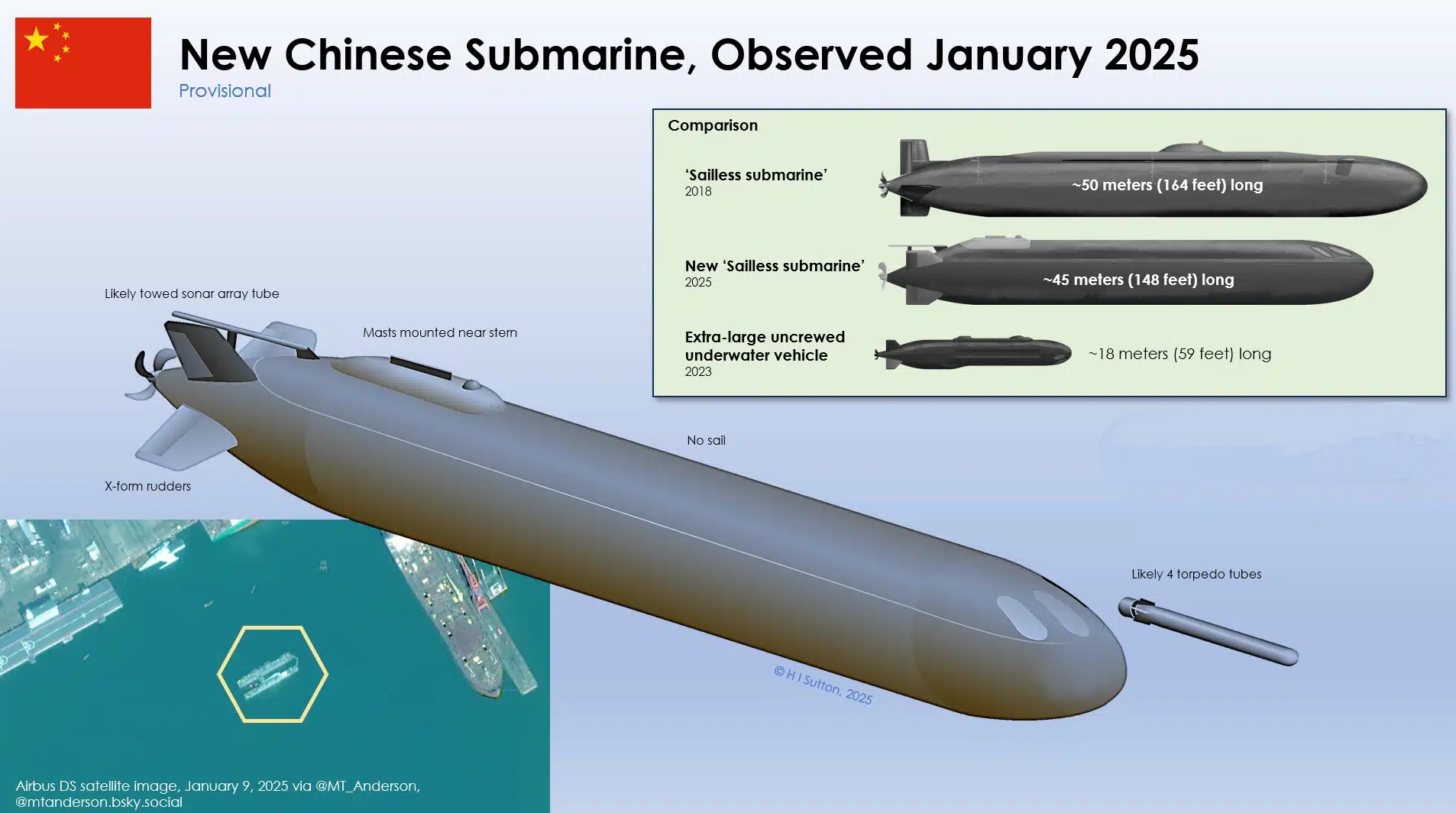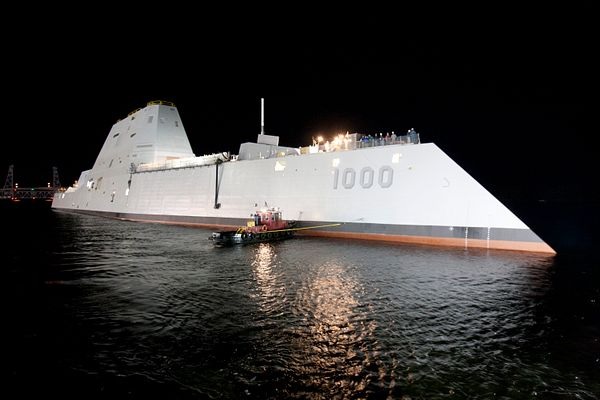Shenzhou-17 Astronauts Conduct First Spacewalk to Repair Solar Array

Space News ,China :- China Shenzhou-17 astronauts conducted their inaugural extravehicular activity on Thursday to address minor damage to a solar array on the Tiangong space station. The spacewalk, lasting approximately 7.5 hours, involved mission commander Tang Hongbo and Tang Shengjie, who reentered Tiangong through the Wentian science module EVA hatch at 8:35 a.m. Eastern on December 21, as reported by the China Manned Space Engineering Office (CMSEO).
One of the crucial tasks during the Shenzhou-17 spacewalk was a repair test on a solar array of the Tianhe core module, which had incurred minor damage from micrometeoroid hits. The success of this experimental repair work signifies a significant milestone for China in its efforts to maintain the operational status of the Tiangong space station for at least a decade.
Inside Tiangong, crewmate Jiang Xinlin played a role in assisting the operation using the space station robotic arm. Notably, Tang Shengjie, at 34 years old, became China youngest astronaut to undertake an extravehicular activity.
Tang Hongbo, reflecting on the spacewalk, emphasized its extraordinary significance and extreme challenges. He shared his profound experience, stating, "At that moment, being there, I deeply felt the vastness of the starry sky and the profound meaning of infinite space exploration," according to CCTV.
A highlight video released by CMSEO showcased the astronauts conducting close-up examinations of the solar array, aided by the station robotic arms.
The extravehicular activity presented new challenges, according to Dong Nengli, deputy chief designer of China human spaceflight program. Unlike previous spacewalks focused on installation and checks, this one involved experimental servicing, operating on a flexible and thin solar wing, posing operational space limitations.
The successful spacewalk is seen as a significant achievement, laying a solid foundation for future extravehicular repairs, ensuring the space station safety and reliability. The precision required in the repair work demanded high levels of coordination between the astronauts and ground control, verifying accuracy in position and operation proficiency.
Looking ahead, China has completed the construction of Tiangong in October 2022 and is actively developing plans for its utilization. CMSEO plans to launch an additional module to expand the orbital outpost, and the selection process for the first international astronauts to visit Tiangong is underway.
Furthermore, the evolving Tiangong plans include the participation of civilian astronauts and non-state-owned enterprise (SOE) companies, potentially altering the global image of the Chinese space program. Gui Haichao made history as the first Chinese civilian in space during the Shenzhou-16 mission earlier this year.
Commercial launch firms may also play a role in a new low-cost cargo system to supply Tiangong. The arrival of components for a Long March 7 rocket at the Wenchang spaceport on December 21 signals preparations for the Tianzhou-7 cargo mission to Tiangong in mid-January.



